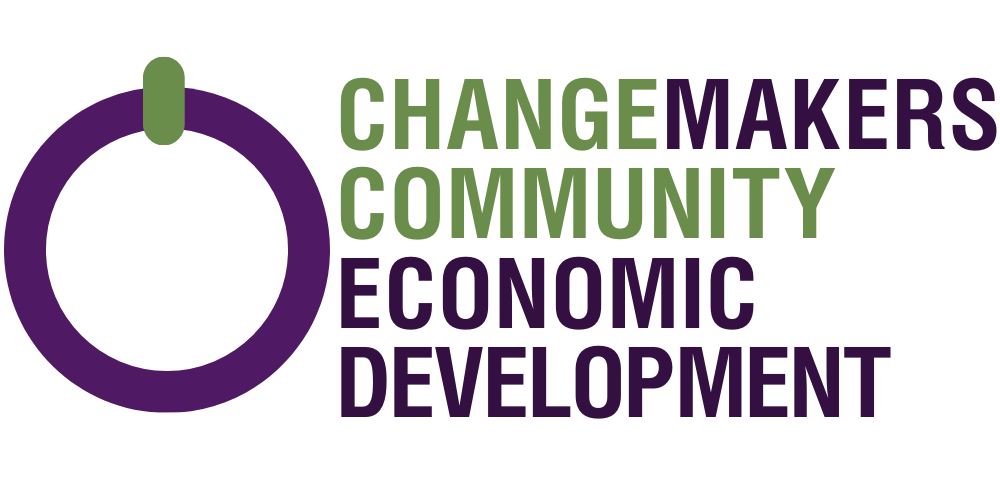Debt Management Series-Part 2
Debt Management Series
Part 2: Setting Realistic Financial Goals And Creating A Plan
Welcome to the second part of our series. Now that you have a clear understanding of your debt and your monthly budget, it's time to set realistic financial goals and create a plan to start paying off your debt. Here’s how to do that.
STEP 1: SET SPECIFIC FINANCIAL GOALS
Your goals should be clear, measurable, and achievable. Take a moment to think where you want to be in a month, in three months. Write down your goals. It can be just one detailed goal – something you can achieve and get that win.
Here are some examples of goals:
Pay off $1,000 of credit card debt in the next three months.
Reduce overall debt by 20% in one year.
Save $500 for an emergency fund in the next six months.
STEP 2: PRIORITIZE YOUR DEBTS
Decide on a strategy to prioritize your debts. Two popular methods are:
Debt Snowball Method: Pay off the smallest debt first to build momentum.
Debt Avalanche Method: Pay off the debt with the highest interest rate first to save on interest payments.
If you want a quick and easy win to keep your momentum going, the Debt Snowball Method is great. If you’re looking at the amount of money you’ll pay back over time and want to pay less, the Debt Avalanche Method works well.
STEP 3: CREATE A DEBT REPAYMENT PLAN
Using your disposable income, allocate specific amounts to each debt according to your chosen method. You can use any portion of your disposable income to make these extra payments. It can be to one specific debt, or to all of them. The choice is yours.
For example:
Payments on all debts and use your disposable income to make extra payments.
Payments on all debts and use disposable income to build an emergency fund.
Add an extra $20 to your minimum payments on the highest-priority debt, or the debt with the highest interest.
Remember, every person’s journey is different. And your plan may change month to month. Decide what works best for you and your ʻohana.
STEP 4: CUT UNNECESSARY EXPENSES
Look at your budget and identify areas where you can cut back. This could include dining out, online subscriptions, or entertainment. Maybe you only go out to eat once or twice a week. Of possibly pause an online streaming subscription for a couple of months. The idea is to trim where you can. Redirect these savings towards your debt repayment plan.
STEP 5: INCREASE YOUR INCOME
This is not a requirement, just a suggestion.
Consider ways to increase your income, such as:
Taking on a part-time job or freelance work. Possibly a food delivery app or a grocery shopper app. Something flexible that won’t interfere with your main place of employment.
Selling items that you no longer use. Think garage sale or an online marketplace.
Asking for a raise or seeking a better-paying job.
You've now set clear financial goals and created a solid plan to tackle your debt. By prioritizing your debts, cutting unnecessary expenses, and potentially increasing your income, you're well on your way to financial freedom.
Here are some online apps that may help you create your plan. ChangeMakers Hawaiʻi is not affiliated with any of these sites. We want to provide you with tools to help you succeed.
YNAB (You Need A Budget): While it offers a free trial, it helps you set financial goals and create a budgeting plan.
Goodbudget: A budgeting app that helps you allocate funds towards your debt repayment plan using the envelope system.
EveryDollar: A budgeting app from Ramsey Solutions that helps you create a zero-based budget.
In the next part, we'll dive deeper into budgeting strategies to help you stay on track. Stay committed and keep your goals in sight. Remember, you're not alone on this journey. We're here to help you every step of the way. Want more help and advice, consider signing up for ChangeMakers Hawaiʻi’s Kanakanomics program.
Missed part one of the series? Click here to read more.







